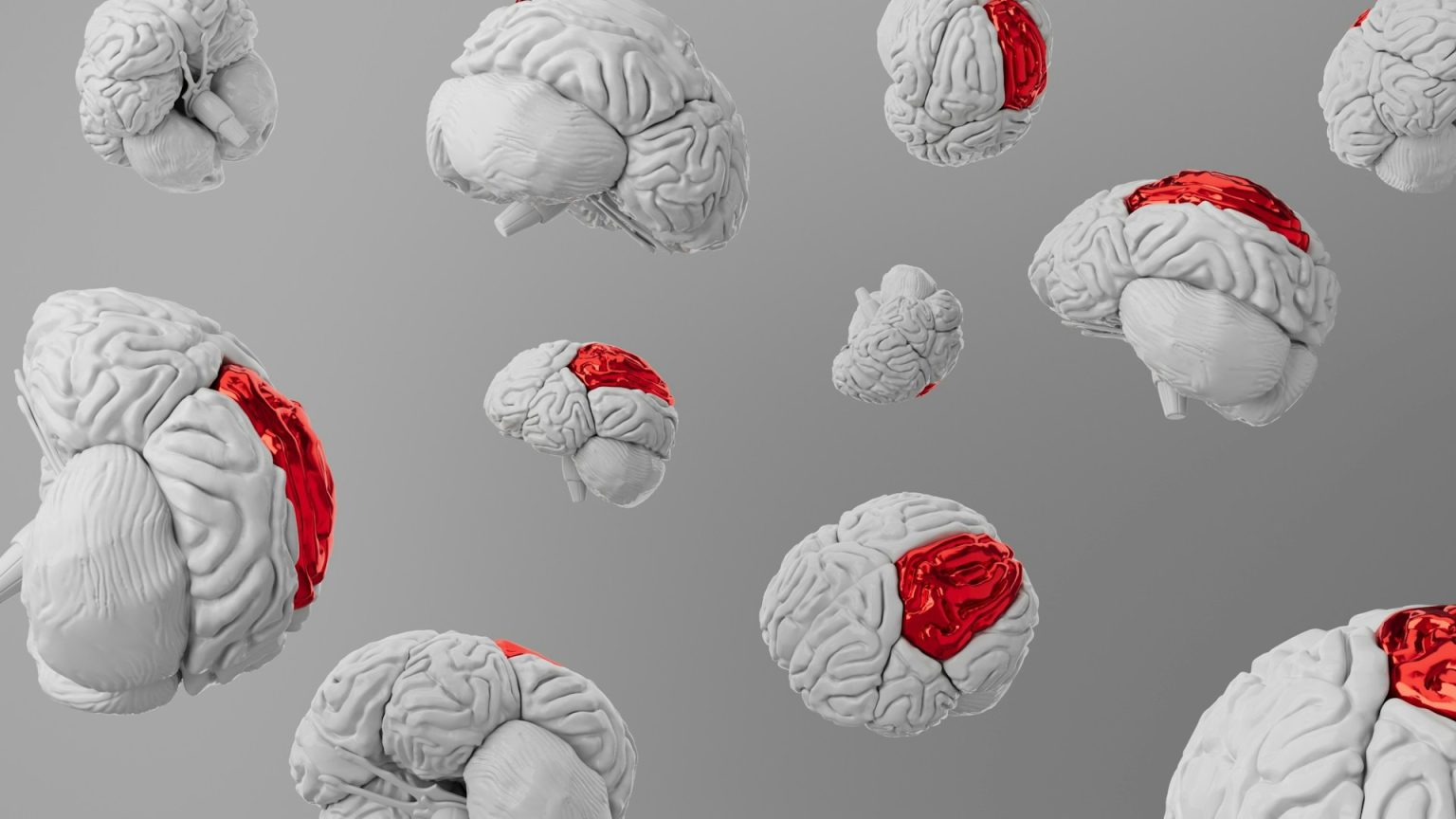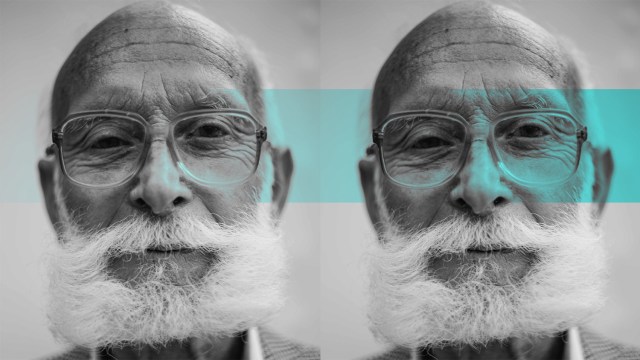The other self-actualization: What’s the difference between Maslow and Rogers?

Shutterstock
- Along with Maslow, Carl Rogers helped pioneer the field of humanistic psychology.
- Although most associate the term “self-actualization” with Maslow, it’s a concept that’s frequently found in humanistic psychological literature.
- What’s the difference between Maslow’s and Rogers’ versions of self-actualization, and what can we learn from Rogers?
One could be forgiven for thinking that the term “self-actualization” was developed entirely by Abraham Maslow. Today, there are very few contexts where one can hear the term outside of Maslow’s famous hierarchy of needs. But in fact, the twentieth century featured many humanistic psychologists who used the term to mean one thing or another. It was first coined by psychologist Kurt Goldstein, who used it to refer to something very similar to what Maslow would later focus on: the tendency for human beings to become all that they can, that “what a man can be, he must be.”
But this isn’t the only take on self-actualization. Carl Rogers, a peer of Maslow’s, thought of humanistic psychology and self-actualization in an entirely distinct way.

A sketch of Carl Rogers.
Jan Rieckhoff/ullstein bild via Getty Images
Rogers’ theory of personality and behavior
Along with Maslow, Rogers was one of the pioneers of humanistic psychology. Specifically, Rogers’ greatest contribution was to the practice of psychotherapy, particularly in the development of what’s known as “person-centered therapy,” which is thought of today as one of the major approaches to therapy, along with cognitive behavioral therapy, psychoanalysis, and so on.
At the core of this therapeutic approach was Rogers’ theory of personality and behavior. Just as Maslow had his hierarchy of needs, with self-actualization at the top, Rogers had his own model of human development, although self-actualization played a very different role in Rogers’ system. Rogers actually had 19 separate propositional statements upon which he built his theory, but we’ll just summarize the major components.
In Rogers’ theory, reality for an individual (which he refers to as an organism) is the sum of subjective perceptions that the organism experiences. A developing organism will take some of these perceptions and separate them, labeling them as the self. As an example, you might perceive your body and a box of paperclips on your desk, but you would only consider your perception of your body to fall under the designation of “self.” This happens with concepts and beliefs, too. Some of these things become part of the self, while others are perceived as belonging to the environment.
This idea of what counts as the self and what doesn’t isn’t fixed; it’s fluid. Different concepts, perceptions, and experiences occur as a result of interacting with the environment, and the organism has to sort out how to relate their identity to these experiences.
Naturally, this isn’t a smooth process. As a result of these interactions, most of us invent an “ideal” self, the person we think we should be, rather than the person we actually are. In Rogers’ system, the broader the gap between the real self and the ideal self, the greater the sense of incongruence. All sorts of behaviors and experiences might occur that seem unacceptable to who we think we are. If this incongruence is severe enough, the organism might develop a psychopathology. If, on the other hand, the person we actually are and the person we think we should be are congruent with one another, we become more open to experiences and have to do less work defending ourselves from the outside world.
Where does self-actualization fit into all of this?
Where Maslow had self-actualization at the very top of a hierarchy of motivations, Rogers argued that self-actualization was the only motivation and that it was constantly driving the organism forward. “The organism has one basic tendency and striving — to actualize, maintain, and enhance the experiencing organism,” wrote Rogers. For Rogers, every behavior and motivation is directed in pursuit of actualization, of this constant negotiation between the self and the perceptual field that composes an individual’s reality.
Immediately, we can see that Maslow’s version of self-actualization is a lot more aspirational. In Rogers’ system, self-actualization is sort of just the default way of life — the only way of life, in fact. And where Maslow’s version is sort of an endpoint, Rogers saw self-actualization as a never-ending process. But Rogers does have his own version of an ideal way of living, which he called, appropriately enough, “the good life.”
Living the good life
In order to live the good life, an organism must symbolically assimilate all experiences into a consistent relationship with the self. To be fair, that’s not an exactly intuitive definition. Consider, for instance, a narcissist hearing criticism. The narcissist perceives themselves to be perfect, and criticism is a threat that cannot be assimilated into their concept of their perfect self. Somebody living the “good life,” however, might take that criticism as potentially true — potentially false, too, but worth considering at the very least.
In this regard, somebody living the good life matches up neatly with Maslow’s idea of the self-actualized individual. Like Maslow, Rogers also believed that individuals living the good life would exemplify certain characteristics that would make them distinct from the fragile, neurotic, rank-and-file folks that most of us are. According to Rogers, the fully functioning person living the good life would have these characteristics:
- An increasing openness to experience, as no experience would threaten the individual’s self-concept;
- An increasingly existential and present lifestyle, since they wouldn’t need to distort the present in a way that fits with their self-concept;
- Greater trust in their own values rather than those imposed upon them by, say, their parents or their society;
- Openness to a wide variety of choices, as they wouldn’t be restricted by possible threats to their self-concept (such as a narcissist might be if they engaged in some activity that could make them appear foolish);
- More creativity, as they wouldn’t feel the need to conform;
- More frequently constructive rather than destructive;
- And living a rich and full life.
Seems like a pretty good life, all in all. But Rogers also warned that not everybody is ready for the good life. He wrote,
“This process of the good life is not, I am convinced, a life for the faint-hearted. It involves the stretching and growing of becoming more and more of one’s potentialities. It involves the courage to be. It means launching oneself fully into the stream of life.”
On Becoming a Person: A Therapist’s View of Psychotherapy





